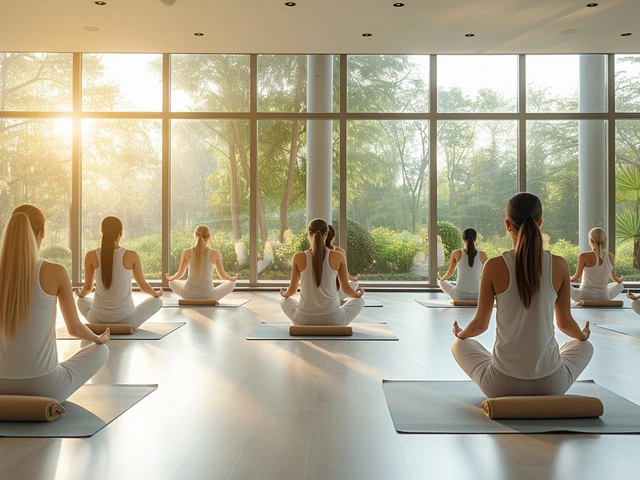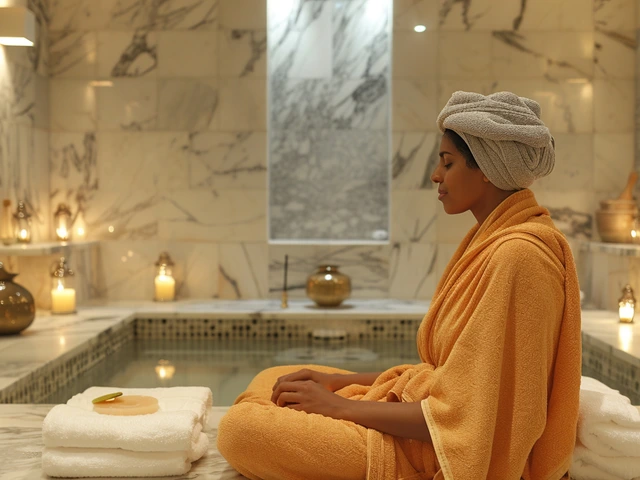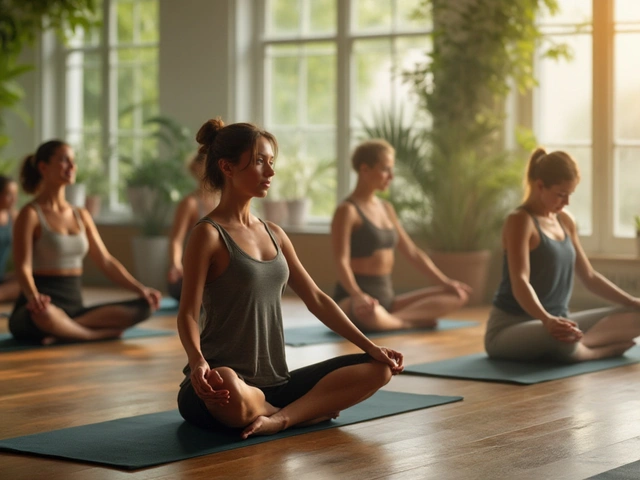Traditional Bodywork: Hands-On Therapies That Really Help
Touch changes the body. That’s not a feel-good line — it’s how many traditional bodywork methods cut pain, loosen tight joints, and calm the nervous system. If you’re tired of generic spa treatments and want therapies that focus on real function, this page groups the best hands-on approaches and tells you what each one actually does.
Popular traditional methods and what they do
Hilot (Filipino massage): deep, rhythmic moves that balance muscle tension and often include herbal remedies and oil work. Great for people who want cultural, full-body care.
Lomi Lomi and Kahuna (Hawaiian): flowing strokes and long, continuous movements meant to release deep patterns of tension and promote relaxation across the whole body.
Rolfing and Hellerwork (structural work): focused on posture and body alignment. These sessions aim to change how your body holds itself so pain and stiffness come back less often.
Feldenkrais and movement-based work: teach better movement patterns through guided attention and gentle exercises. Useful for improving flexibility and reducing injury risk.
Ortho-Bionomy and Polarity Therapy: gentle corrections and energy-focused touch to reduce chronic pain without aggressive force.
Acupressure and Trigger Point: precise pressure to ease headaches, muscle knots, and specific pains fast. Many people use these as short, target treatments.
Stone therapy and Warm Stone Massage: heat plus touch. They ease tight muscles and can boost relaxation, especially in cold seasons.
Blind Massage and Palliative Massage: specialized services—blind therapists with heightened touch skills, and palliative care focused on comfort at the end of life.
Other notes: this tag also points to practical and medical topics that touch bodywork—like tendon release procedures for stubborn stiffness—so you’ll find both hands-on therapies and related medical options.
How to pick the right therapy and get the most from it
Ask this first: what do you want fixed? Pain, posture, relaxation, or better movement? Match the goal to the method—Rolfing or Hellerwork for posture, acupressure for headaches, Feldenkrais for movement awareness.
Before booking, ask about training and experience. A good therapist will explain what they’ll do, how long it takes, session costs, and any risks. If you have health issues, get a quick nod from your doctor.
During a session, speak up. Say when pressure is too much or a technique doesn’t feel right. After a session, drink water, rest if needed, and try simple stretches the therapist recommends.
Try a short series, not just one session. Many bodywork methods need a few visits to change how your body holds tension. If something doesn’t help after a few tries, switch methods or talk to your therapist about a different plan.
If you want specific reads, check the linked articles here on hilot, Lomi Lomi, Rolfing for scoliosis, acupressure, Feldenkrais, and more—each piece gives clear tips and what to expect in real sessions.
Traditional bodywork is practical, hands-on care. Pick a clear goal, ask the right questions, and use therapy as part of a regular routine for best results.

Exploring Amma Massage: Unveiling the Serene Path to Total Relaxation
Dive into the serene world of Amma Massage, a holistic approach to well-being rooted in ancient practices. This article unpacks the essence of this traditional bodywork technique, shedding light on its benefits, origins, and how to integrate it into your relaxation routine. Discover how Amma Massage isn’t just a treat but a transformative experience, offering a unique blend of physical, emotional, and spiritual rejuvenation.
Categories
- Health and Wellness (148)
- Alternative Therapies (86)
- Massage Therapy (40)
- Travel and Culture (15)
- Beauty and Skincare (9)
- Holistic Health (8)
- Health and Fitness (5)
- Spirituality (5)
- Other (2)
- Personal Development (2)
Popular Articles



